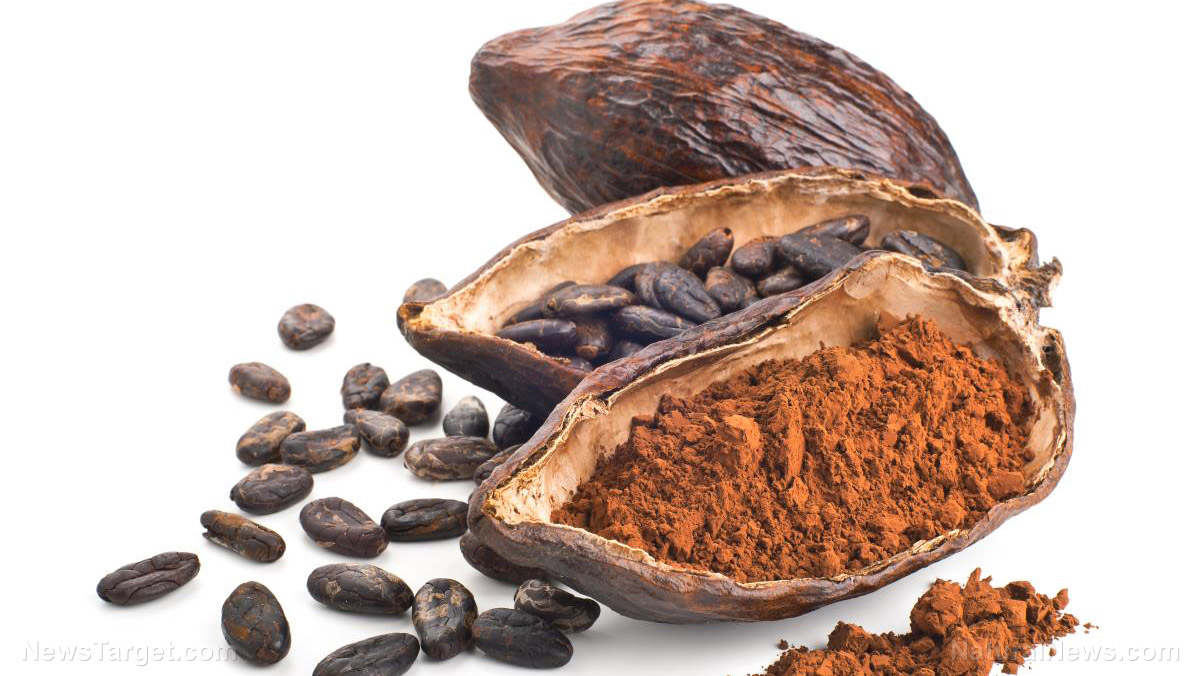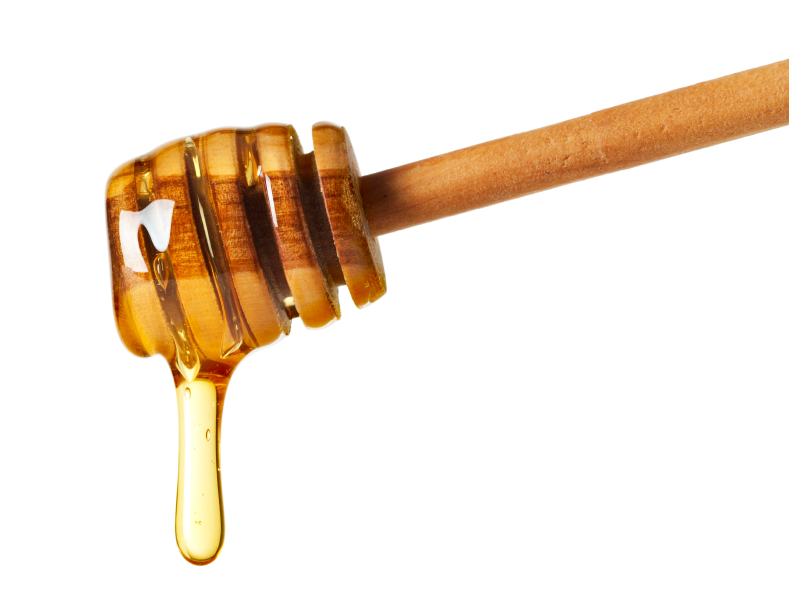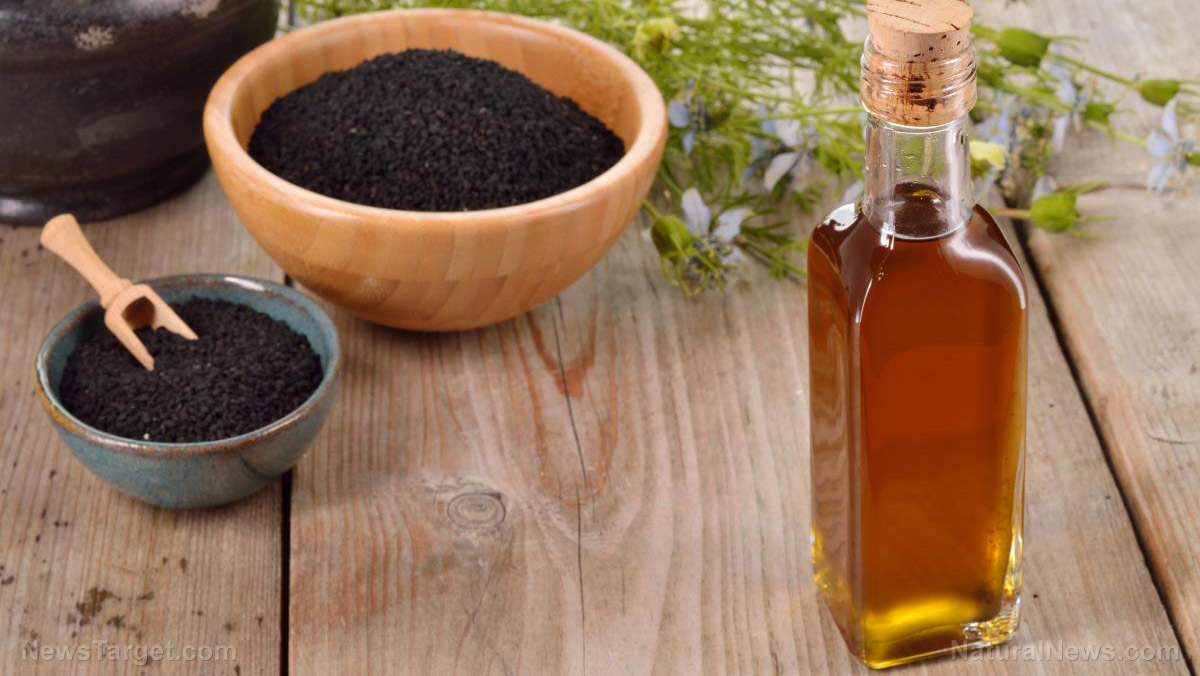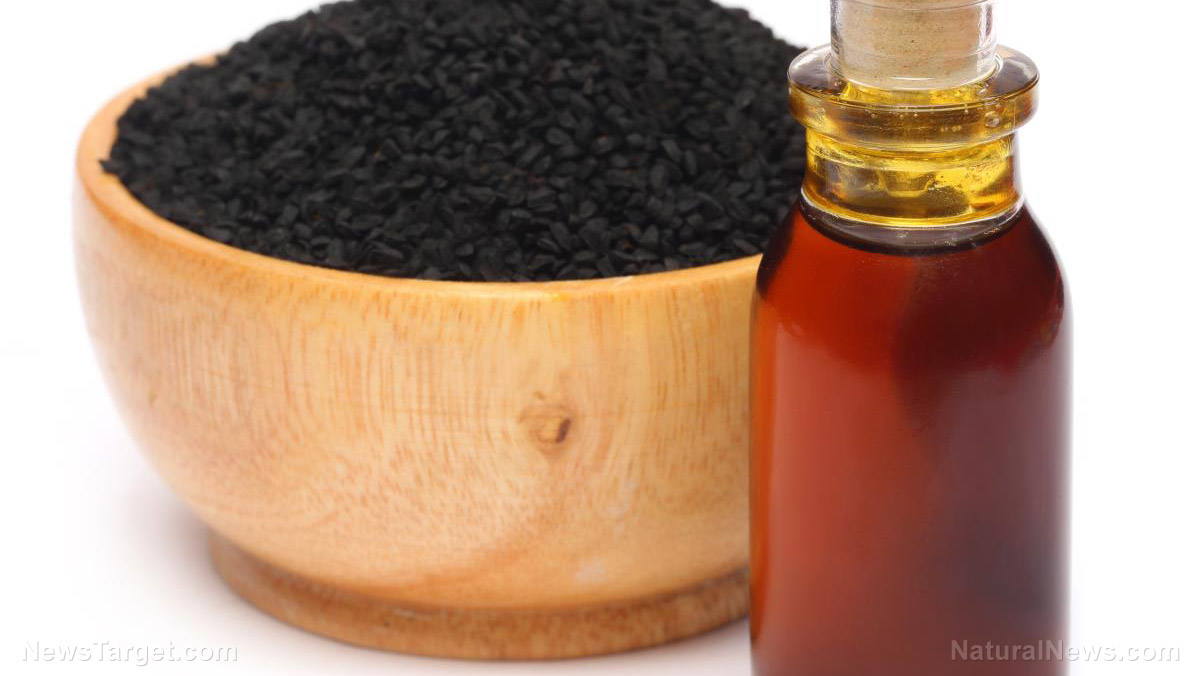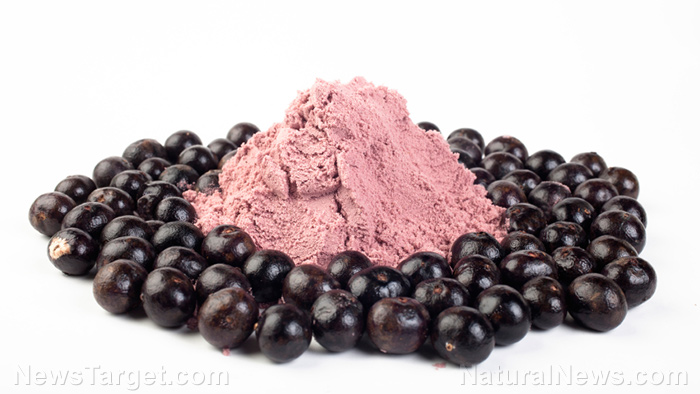Preparing oat cookies with functional health properties
10/04/2018 / By Michelle Simmons
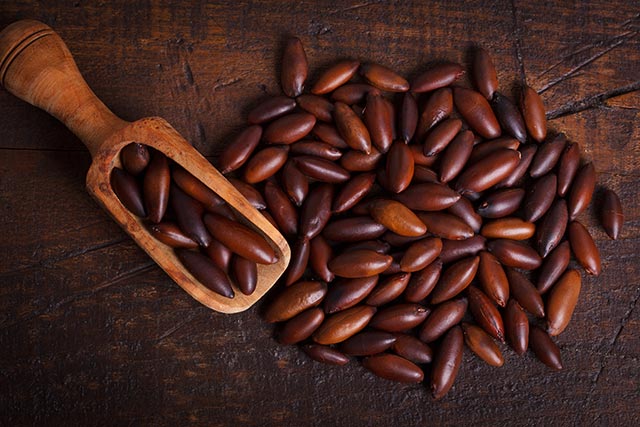
In a study published in the journal Food Science and Technology, researchers used baru almond (Dipteryx alata Vog.) to make oat cookies with functional properties.
- Researchers from the University of Campinas and Instituto de Tecnologia de Alimentos in Brazil conducted pilot tests to make cookies with interesting nutritional properties and pleasant sensory aspects.
- The researchers replaced 100 percent soy oil for baru oil and 30 percent wheat flour with partially defatted baru flour.
- Baru almond is an edible seed from the fruit of the barueiro, a tree native to the Cerrado biome.
- Adding baru oil and partially defatted baru flour to bakery products like cookies added nutritional content to the cookies.
- Baru cookies had a higher moisture because of the high dietary fiber content, resulting in a lower calorie content than traditional oat cookies.
- In addition, baru cookies had a higher content of monounsaturated fatty acids, protein, and iron.
- The total phenolic compound content was approximately doubled in the baru cookies.
- The use of baru flour in foods can help diversify products with functional appeal and contribute to the exploration of regional products, promoting the sustainable development of native areas
- The use of partially defatted baru flour lessens waste parts that are usually regarded as non-consumables, reducing costs and waste generated to the environment.
The researchers concluded that the whole baru almond can be an alternative ingredient in foods that offer both nutritional and environmental benefits.
Read the full text of the study at this link.
To read more stories on nutritional foods, visit FoodScience.news today.
Journal Reference:
Caetano KA, Ceotto JM, Ribeiro APB, Morais FPR de, Ferrari RA, Pacheco MTB, Capitani CD. EFFECT OF BARU (DIPTERYX ALATA VOG.) ADDITION ON THE COMPOSITION AND NUTRITIONAL QUALITY OF COOKIES. Food Science and Technology. 29 May 2017; 37(2): 239-245. DOI: 10.1590/1678-457x.19616
Submit a correction >>
Tagged Under:
This article may contain statements that reflect the opinion of the author
RECENT NEWS & ARTICLES
COPYRIGHT © 2017 SUPER FOODS NEWS













